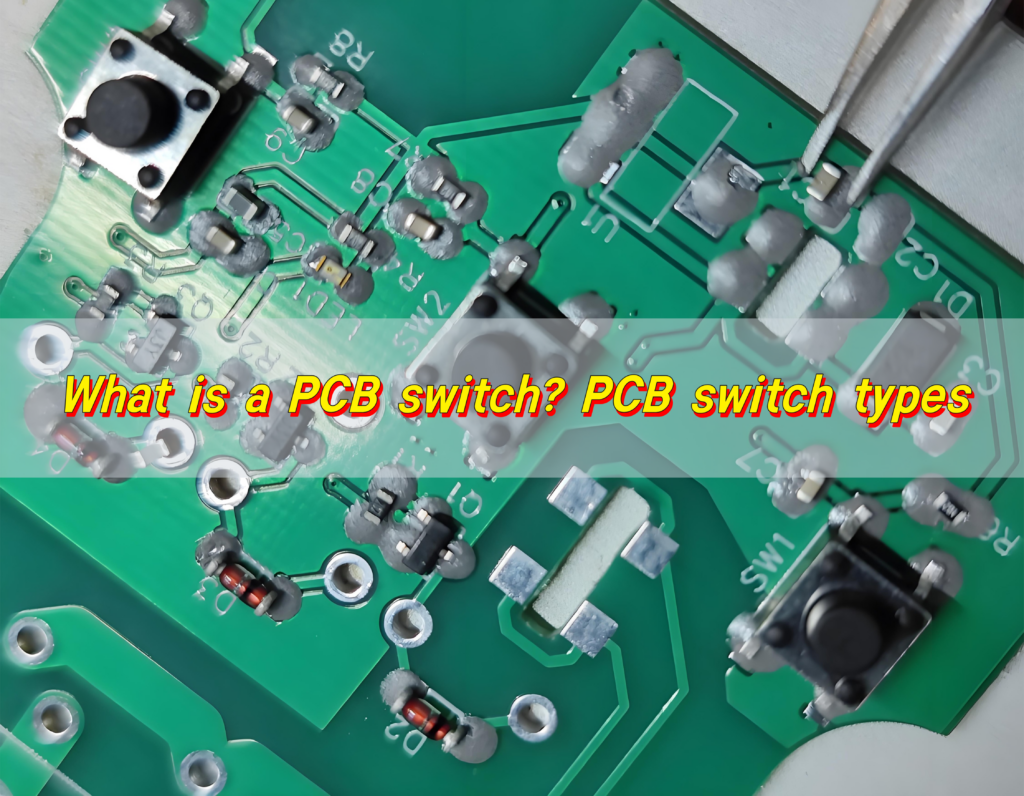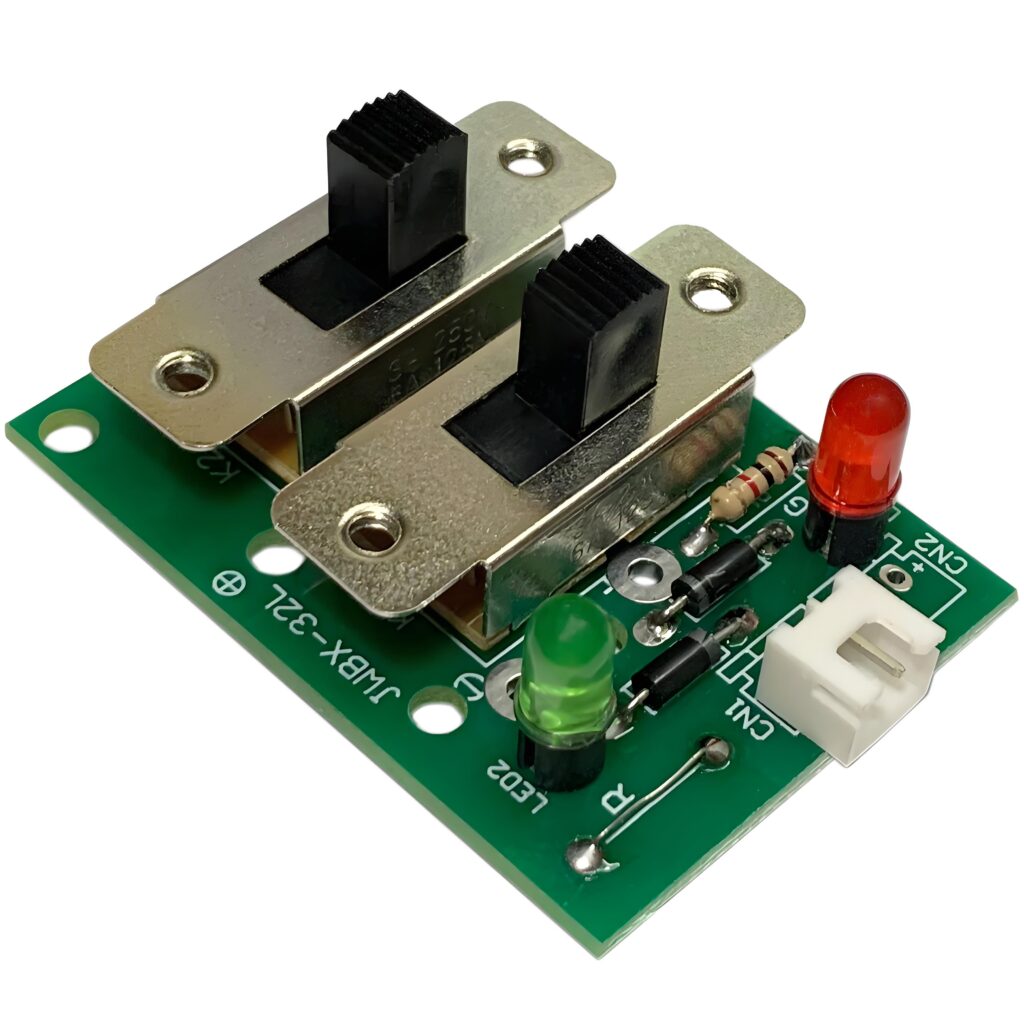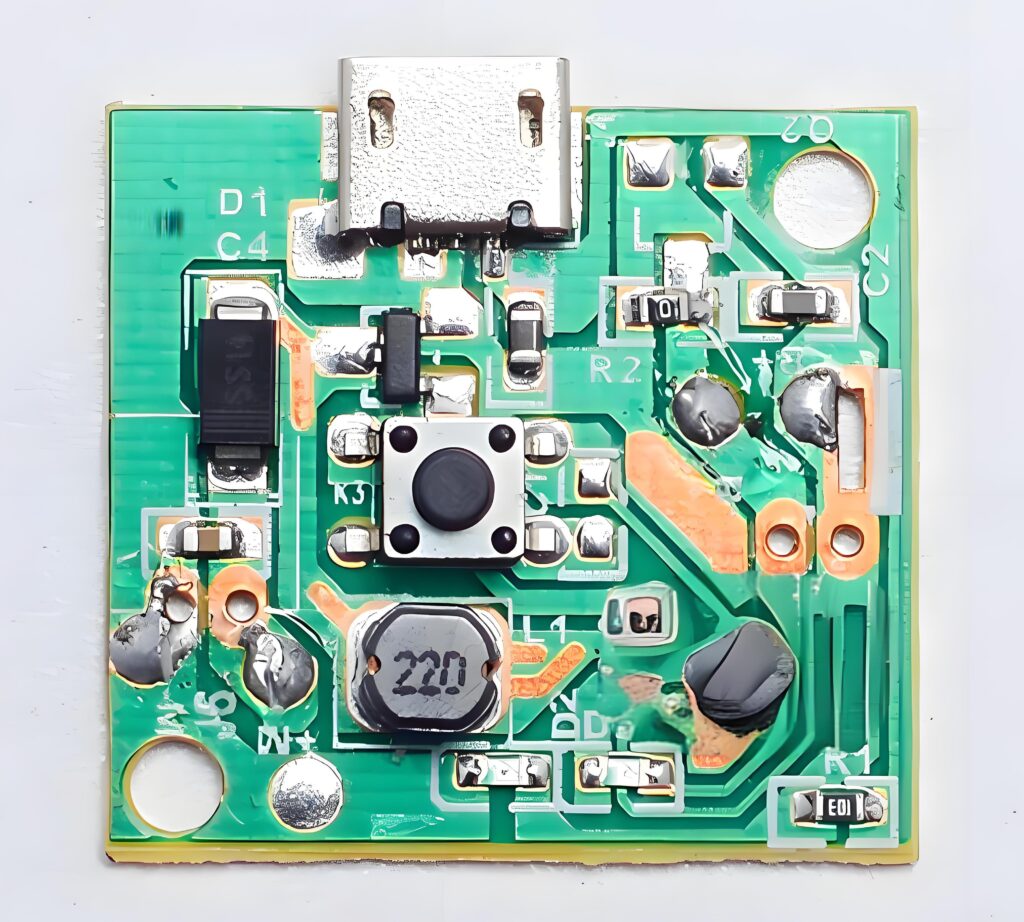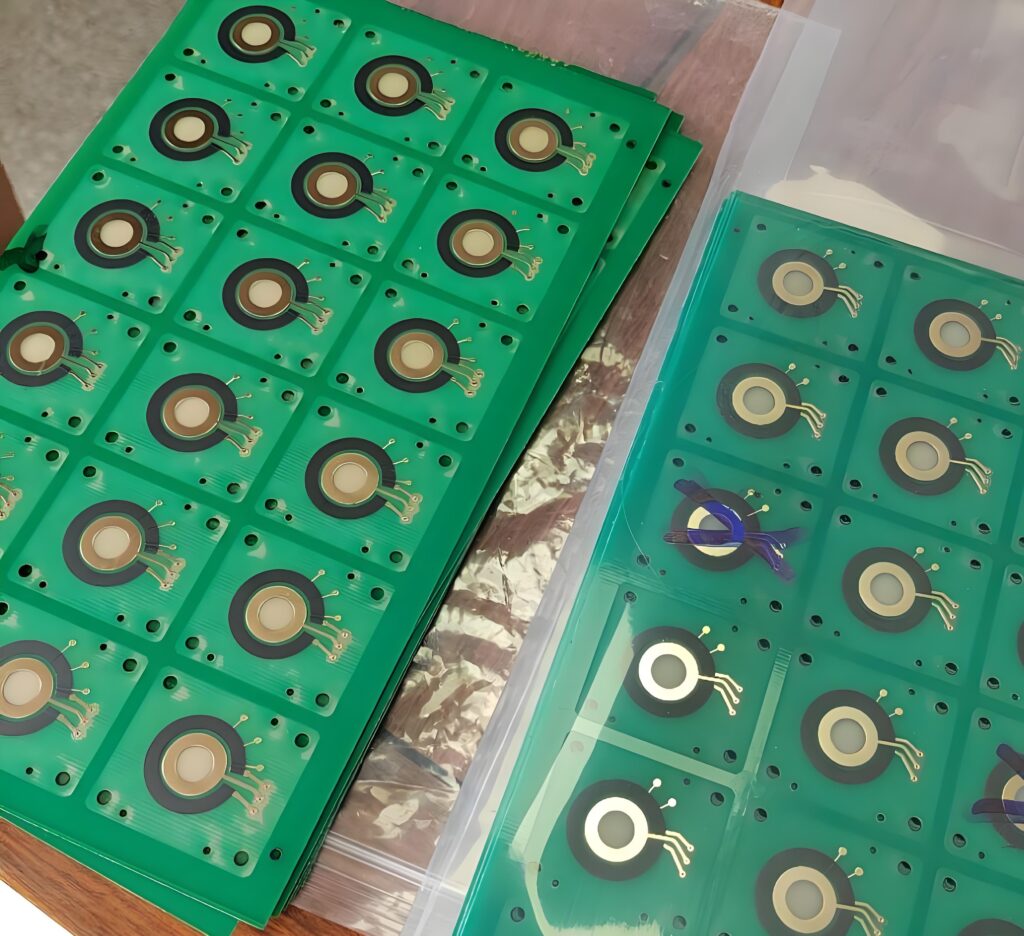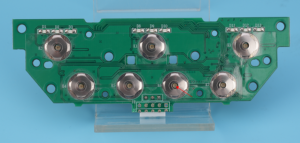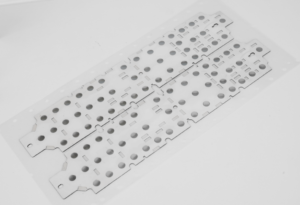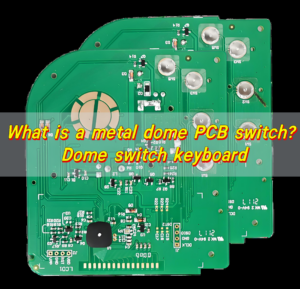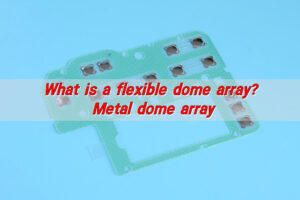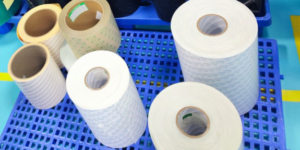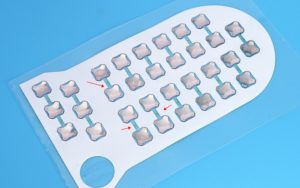PCB switches are electronic components installed on printed circuit boards to control the on and off of circuits. Common PCB switch types include direct-insert switches, surface-mount switches, touch switches, toggle switches, and push-button switches.
Direct-insert switches are suitable for high voltage and current applications, surface-mount switches save space and are easy to automate, touch switches are commonly used in keyboards and remote controls, toggle switches are suitable for a variety of electronic devices, and push-button switches include metal dome switches and other types. These switch types have their own characteristics and are suitable for different application scenarios.
What is a PCB?
A PCB, or Printed Circuit Board, is the foundation of most electronic devices. It’s a board made from materials like fiberglass that hold electrical circuits. These boards connect different electronic components using copper traces, and they come in all shapes and sizes.
Think of a PCB as the central nervous system of your device. It controls where the power flows and how signals move. Everything from smartphones to car dashboards depends on PCBs. Without one, there would be no way for buttons, lights, or chips to talk to each other.
PCB switches are special types of switches designed to be mounted directly on these boards. They are compact, reliable, and made to work in perfect sync with the rest of the system.
What are the Different Types of PCB Switches?
Here are the most common pcb switch types:
- 1. PCB Push Button Switch
This is the most recognizable one. A small button that you press to make or break a connection. Common in toys, remotes, and industrial panels.
- 2. Slide Switch
A pcb slide switch works by sliding a tab from one side to another. These are perfect for on-off control or switching between modes.
- 3. Toggle Switch
Sturdy and highly reliable, pcb toggle switches are often used in heavy-duty or industrial equipment. They work like a lever and have a satisfying mechanical feel.
- 4. DIP and DPDT Switches
DIP switches offer multiple mini switches in one block. These are great for settings or configurations. DPDT switches (Double Pole Double Throw) can control two circuits at once. They’re often used for reversing polarity or switching audio signals.
- 5. Switch with LED
These are visually pleasing and functional. A pcb switch with LED lights up when pressed or powered. They give users instant feedback.
Each of these pcb mounted switches serves a unique purpose. Choosing the right one depends on your application, space, and design needs.
How Does a PCB Switch Work?
When you press, slide, or toggle the switch, it changes the flow of electricity.
Here’s how:
In an open state, no current flows. When closed, the circuit completes, and the electricity moves.
On the pcb switch board, tiny metal contacts are aligned in such a way that a small press or movement can make a connection. This signal can turn on an LED, start a motor, or send data to a processor.
Some switch pcb mounts are tactile—offering a clear click, while others are soft or silent.
What is the Difference in PCB and PCBA?
PCB is just the blank board. No components. No function.
PCBA, or Printed Circuit Board Assembly, is the finished product. It includes resistors, chips, connectors, and pcb switches.
Are PCB Switches Hot Swappable?
Most pcb switches are not inherently hot-swappable unless designed with specific sockets or mounting systems. In custom keyboards and modular devices, hot-swappability means a switch can be inserted or removed without soldering.
Hot-swappable PCBs require special housings that secure the pcb switch and ensure electrical contact. In typical industrial and consumer devices, switches are soldered directly and cannot be changed without desoldering.
However, hot-swappable switch systems are becoming more common in development kits and customizable input devices, improving flexibility during prototyping.
Can I Use 3 Pin Switches on 5 Pin PCB?
It is technically possible to use a 3-pin switch on a 5-pin switch pcb, but with limitations:
- Mechanical Compatibility: The 3-pin switch may fit into the layout, but unused pins will remain open unless bridged.
- Electrical Function: Most 3-pin switches only support basic functions. Advanced layouts requiring additional connections (e.g., RGB lighting or grounding) may not work.
- Stability: The reduced pin count may lead to mechanical instability, causing wobble or poor contact.
Adapters or soldering modifications can compensate, but it is generally recommended to match pin count for optimal performance and reliability.
PCB vs Mechanical Switch: What’s Better?
Choosing between pcb switches and mechanical switches depends on your priorities.
- PCB Switches: Low-profile and space-efficient?Often integrated with flexible circuit designs?Cost-effective for high-volume manufacturing?Quieter operation
- Mechanical Switches: Higher tactile feedback and travel?More durable in repeated-use scenarios?Preferred in gaming or high-precision keyboards?Customizable in terms of feel and response
If space, cost, and compact design are critical, pcb mounted switches are the logical choice. If feedback, user interaction, and long-term durability are your focus, mechanical switches are superior.
What is the Difference Between PCB and Mechanical Switches?
A pcb switch refers to any switch that is mounted directly on a PCB, including push button, slide, toggle, and more. These are often low-profile and used in embedded systems.
A mechanical switch, while also mounted on a PCB, refers to a specific switch architecture with spring-loaded mechanisms and defined actuation forces.
- PCB switches: Use minimal moving parts?Often surface-mounted or through-hole?Include various actuation types (momentary, maintained)
- Mechanical switches: Feature discrete mechanisms?Used primarily in keyboards and high-interaction devices?More complex and customizable
The key difference lies in design, function, and use-case. Mechanical switches are often a subset used within pcb switch keyboards, but not all pcb switches are mechanical.
Conclusion:
PCB switches are essential components that allow users to interact with electronic systems. From basic pcb button switches to advanced pcb toggle switches and pcb switches with LED, these components are used in a wide range of applications.
For professional support or to source high-quality pcb mounted switches, contact our team. Email us at sales@metal-domes.com


